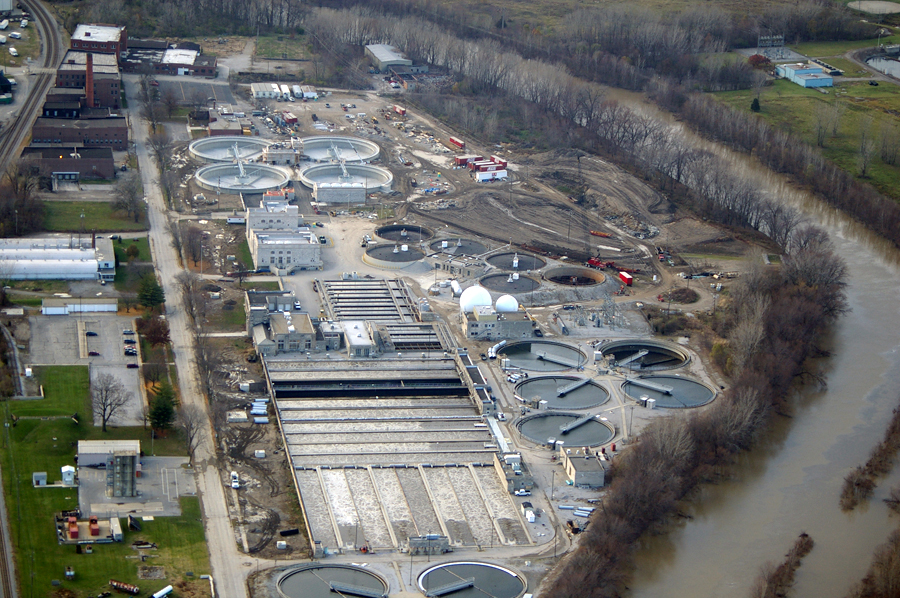
Free Facility Tours
Fort Wayne City Utilities is pleased to offer residents the opportunity to see how the Three Rivers Water Filtration Plant and the Water Pollution Control Plant operate to provide customers with clean, safe, great-tasting drinking water and how we clean and treat sewage before the treated water is released back into the Maumee River.
Free tours will be offered in the spring of 2019 on the following dates:
Three Rivers Water Filtration Plant on Baltes Avenue just north of the St. Mary's River ![]() (see map)
(see map)
Saturday, May 18, 2019 from 10:00 AM - noon. Guided tours will be given every 30 minutes with the last tour beginning at 11:30 AM
Water Pollution Control Plant at 2601 Dwenger Avenue ![]() (see map)
(see map)
Saturday, April 27, 2019 from 10:00 AM - noon. Guided tours will be given every 30 minutes with the last tour beginning at 11:30 AM
Saturday, June 8, 2019 from 10:00 AM - noon. Guided tours will be given every 30 minutes with the last tour beginning at 11:30 AM


 The Water Pollution Control Plant is the critical facility that removes harmful bacteria and other pollutants from wastewater before it is released to the river. In fact, water treated and released from the Plant is actually cleaner than the water in the Maumee River. The Fort Wayne Water Pollution Control Plant provides wastewater treatment for the City of Fort Wayne and surrounding areas.
The Water Pollution Control Plant is the critical facility that removes harmful bacteria and other pollutants from wastewater before it is released to the river. In fact, water treated and released from the Plant is actually cleaner than the water in the Maumee River. The Fort Wayne Water Pollution Control Plant provides wastewater treatment for the City of Fort Wayne and surrounding areas.